
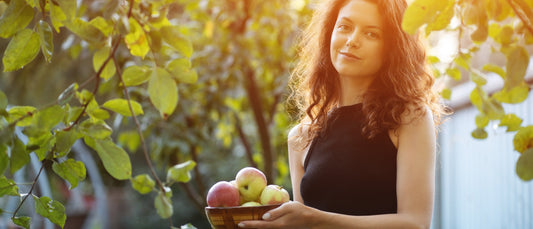
Food Practices and Cleanse-Friendly Recipes for the Fall Transition
With fall’s arriving energy, here are a few helpful ways to prepare for a cleanse and honor the transition from summer to fall with conscious food practices.
Read Article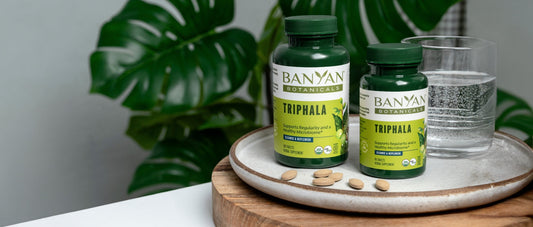
The Top 10 Benefits of Triphala
Triphala is a quintessential Ayurvedic formula that blends three fruits—amla, bibhitaki, and haritaki—to create a daily supplement with an abundance of benefits.
Read Article
6 Essential Herbs for Summertime Balance
Incorporate these six cooling herbs into your diet this summer—so you can enjoy everything this season has to offer while you stay calm, cool, and collected.
Read Article
New! Turmeric Masala Spice Mix and 3 Golden Recipes
Go golden in the kitchen. Turmeric Masala blends turmeric with a bevy of other savory spices to create a versatile and delicious new staple for your favorite meals.
Read Article
New! Reclaim Your Joy with Mood Support Tablets
In the grand tapestry of life, our emotions are like vibrant threads that weave together our experiences, coloring our days with hues of joy, sorrow, fear, anger, and love. When...
Read Article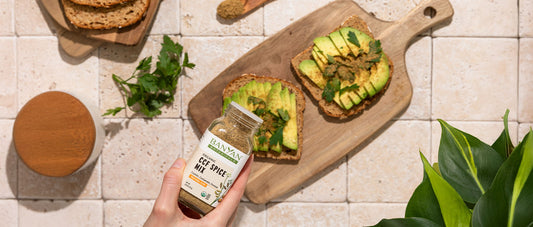
New! CCF Spice Mix and 4 Savory Recipes
Banyan’s new CCF Spice Mix brings the flavor and benefits of cumin, coriander, and fennel to the kitchen. Try it out with these four easy and delicious recipes.
Read Article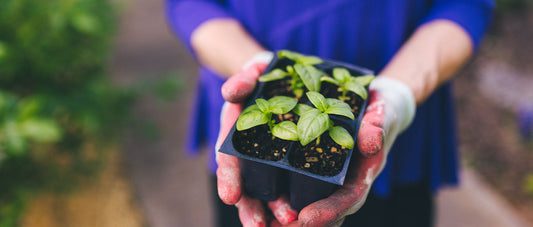
Sacred Gardening with Ayurveda
Sacred gardening honors the innate intelligence of plants. Learn more about the Ayurvedic approach to gardening and how to connect more deeply to nature.
Read Article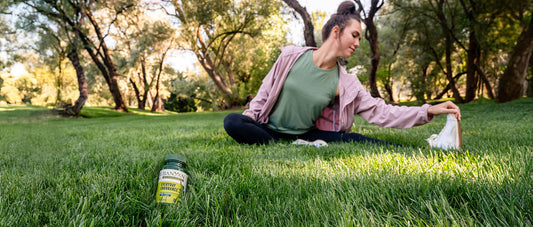
Everyday Endurance | Adaptogen Blend for Abundant Energy
Craving more energy? Everyday Endurance harnesses the power of adaptogens and herbal superfoods in a supercharged formula that supports optimal performance.
Read Article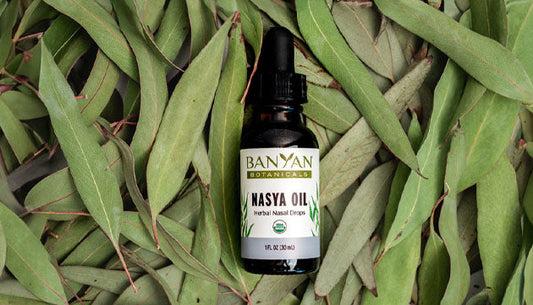
Why Nasya Oil Is a Must in Your Daily Routine!
Did you know that the nostrils are called “the gateways to the head” (shirodwar) in sanskrit, the ancient language of Ayurveda? They are the entry point of the breath of life (prana) to the...
Read Article![Roasted Kabocha Squash Soup Recipe with Fennel and Ginger [video]](http://www.banyanbotanicals.com/cdn/shop/articles/kabocha-sqaush-sou-recipe-main_520x500_26e0db6a-5b84-49b5-b0e7-f12cd88b150f.jpg?v=1737388762&width=533)
Roasted Kabocha Squash Soup Recipe with Fennel and Ginger [video]
This vegan-friendly Ayurvedic roasted kabocha squash soup is light, nourishing, and spicy-sweet—the perfect soup to revitalize your body and soul.
Read Article
How to Create a Morning Routine for Vibrant Energy
A morning routine is practically synonymous with Ayurveda, the science of life. Read this article to learn how to develop a morning routine that works for you.
Read Article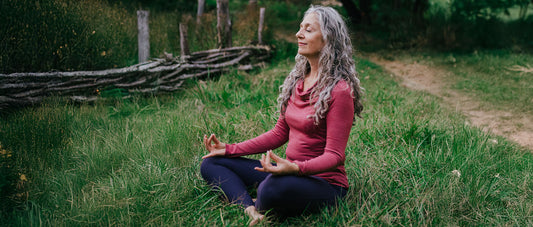
Feeling Anxious? Try This Calming Pranayama
Bhramari pranayama, the Humming Bee Breath, is known to balance vata, release endorphins, put you in a state of upliftment, and create a sense of inner peace.
Read Article![Chai Spiced Bitter & Bold Latte Recipe [Video]](http://www.banyanbotanicals.com/cdn/shop/articles/two-new-brews-main.jpg?v=1729614048&width=533)
Chai Spiced Bitter & Bold Latte Recipe [Video]
This luscious tonic combines the liver support of Bitter & Bold with the flavor and nourishment of Chai Spiced Ghee. Plus, it's easy to make and ready in a jiffy!
Read Article
How to Start the School Year with Clear, Glowing Skin
At a time when many are coming into themselves as individuals and hyper-aware of external appearances, navigating skin breakouts can be extremely challenging.
Read Article
Mischievous Doshas | How to Manage Complex or Unfamiliar Imbalances
We all have common ways that our system goes out of balance, and we usually know just what to do about it. But what about the imbalances that feel utterly baffling?
Read Article
Why Self-Care Is Not Optional—It’s Crucial
The goal is not to give everything of ourselves away to everybody else so that we are left a tired, sloggy, irritated, burnt out mess. Nope. Because then we bring...
Read Article
An Ayurvedic Packing List | 9 Essentials for Your Summer Vacation
Whether you're hitting the road or flying by sky, these Ayurvedic essentials will help you stay balanced and keep you from feeling like you need a vacation from vacation!
Read Article
How to Soothe Anxiousness with the Sour Taste
Do you love sour foods? According to Ayurveda and modern science, there may be a good reason to indulge in all things sour, especially if you're feeling stressed.
Read Article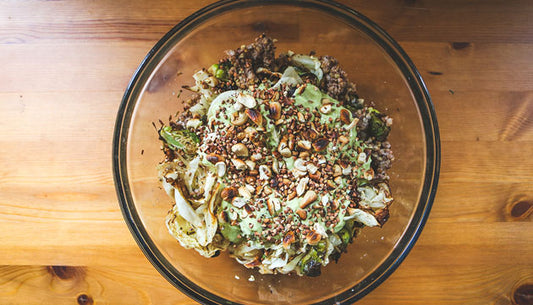
The ABCs of Summer Salad | An Ayurvedic Recipe
Is it possible to honor Ayurvedic food principles and create a delectably healthy summer salad that is perfect for barbeques and picnics? Yes! Simply follow these ABCs and you'll be set.
Read Article
Feeling Great Through Perimenopause
Looking for a smooth transition through perimenopause? Ayurveda's refreshing perspective will help you maintain your vitality, luminosity, and a sense of balance.
Read Article
Why Ayurveda Prefers Oil over Lotion
Oil is a close match to the skin’s outer layer and complements our natural oiliness. It helps draw out impurities and balances our skin’s hydration. The result? Beautiful, balanced, hydrated...
Read Article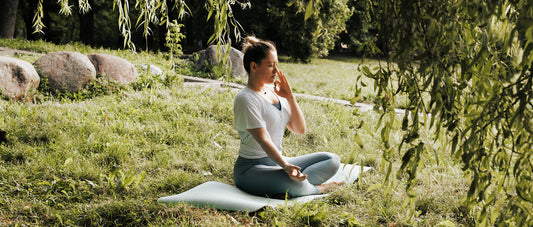
Pranayama Rediscovered: the Modern Science of Breathing
The benefits of pranayama are vast, wide, and deep. Different practices offer dosha-specific techniques for cooling pitta, grounding vata, and activating kapha.
Read Article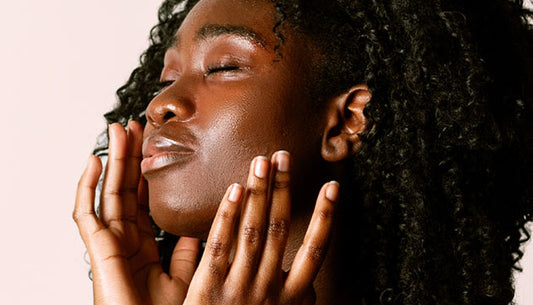
Reveal Your Natural Beauty with Ayurvedic Face Massage and Marma Points
Our skin, the largest organ in the body, is symbolic of how we see ourselves. Facial massage and marma points can do wonders for our inner and outer glow.
Read Article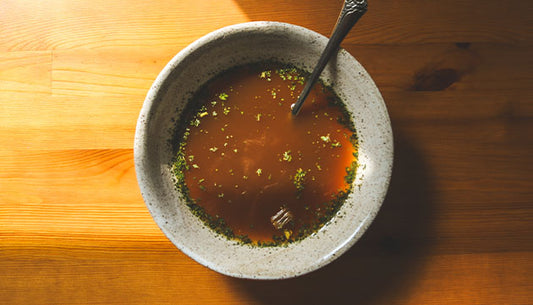
Nourishing Spring Greens Broth Recipe
This nourishing broth features mineral-rich greens and offers a source of dense nutrition that requires very little work for the body to break down and absorb.
Read Article

